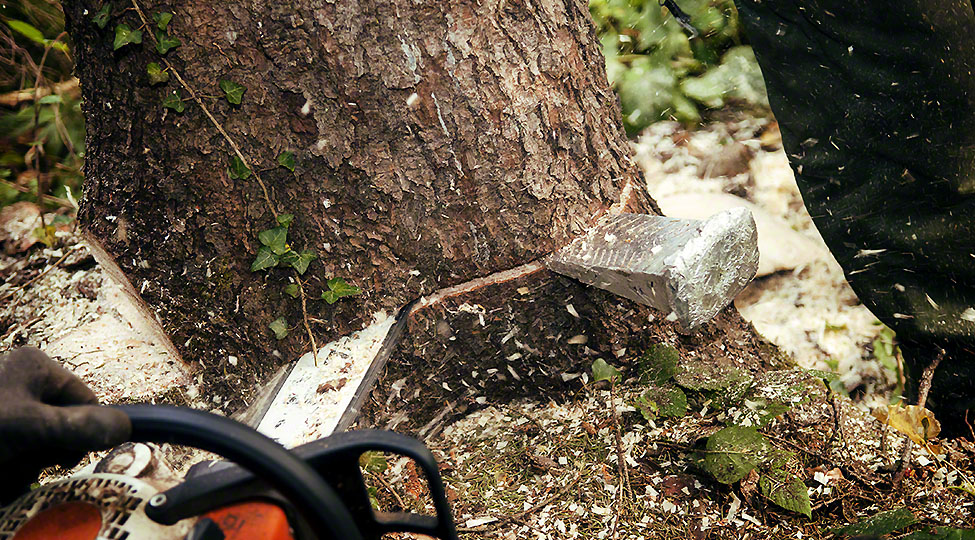Experiencing unwanted moisture can throw any homeowner into a state of worry. When walls, floors, and personal items become soaked, you might start fearing permanent harm to your property. Knowing how to handle these events is crucial if you want to protect not just your space, but also your overall well-being. In many cases, water damage restoration becomes necessary to bring back the original condition of your rooms and belongings. Without prompt attention, damp environments can invite different forms of damage, including discoloration of surfaces and hidden bacterial growth. But responding correctly and seeking help right away can preserve the integrity of your home. This introduction aims to show why tackling water damage and mold issues should be taken seriously, and how understanding the basics can make a positive difference in long-term household care.
What is water damage?
When water seeps into unexpected places, it can weaken the foundation of your house, peeling away layers of paint, warping wooden structures, and creating a breeding ground for mold spores. Uncontrolled water can also affect the integrity of support beams, ceilings, and electrical systems, making routine maintenance more urgent. If left unaddressed, the infiltration can carry on silently behind walls, leading to slow but ongoing deterioration. These problems often begin with small warning signs, such as stains on the ceiling, musty odors near closed-off corners, or a sudden spike in humidity levels. While these clues may appear minor at first, they can quickly escalate into expensive repairs that go far beyond simple cleaning. It is vital to address the root causes of water intrusion, such as leaky pipes or cracks in the exterior, rather than relying solely on superficial fixes.
Early Signs and Immediate Response
When you notice damp spots that refuse to dry, or a mysterious odor that lingers in basements and attics, it might be time to check for hidden trouble. Using the correct equipment to test moisture levels can help you figure out how far the water has spread. If these early signs are confirmed, starting repairs as soon as possible can reduce the financial burden and prevent longer-term harm. Insurance coverage may come into play, so reviewing the warranty or protection plans on your home can be helpful in managing repair expenses. Once you confirm water intrusion, you should also evaluate the conditions of your furniture, flooring, and walls to see if any items need to be replaced. Acting quickly can often spare items from permanent destruction, but waiting too long could mean extensive work later.
Recognizing Mold Growth
Mold is a fungus that typically thrives in damp and dark spaces, and it often appears as spots in green, black, or sometimes white hues. When colonies spread, they release spores that can circulate throughout indoor air, creating potential health risks and property damage. Even small bits of moisture can give rise to visible mold, especially on surfaces like carpet, drywall, and upholstery. Once it takes hold, it can be stubborn, requiring specialized methods to fully remove. Indoor mold can also contribute to an unpleasant smell that lingers in areas with poor ventilation. If you spot fuzzy patches, discoloration, or mildew scents in your bathroom, kitchen, or basement, immediate steps should be taken. Being vigilant about the factors that encourage mold—moisture, darkness, and poor airflow—can help you deal with the early warning signs before an infestation grows out of control.
Structural Concerns and Concrete
Moisture-related problems can extend beyond simple cleanup. They can influence not just drywall and wood, but also the building blocks of your home’s structure. In some situations, you might even need to contact mold remediation Rockville service if large sections of your foundation is damaged. When floors begin sagging or cracks appear in basement walls, water could be playing a significant role in the deterioration. Working closely with professionals helps ensure proper porous material replacement and maintains the stability of the property’s main supporting elements. Leaving these issues unresolved can be risky because extended exposure to water might weaken concrete over time and allow even more serious foundation problems to develop. A sturdy foundation is key to a safe living environment, so specialized help is vital when signs of deeper structural faults appear.
Preventive Measures for Long-Term Safety
To keep your home from falling victim to persistent water damage or mold outbreaks, certain steps can reduce the risk of repeated incidents. Proper ventilation throughout the house is essential in stopping damp air from lingering. Installing dehumidifiers in areas like basements and bathrooms can minimize moisture buildup on surfaces, reducing the chance for mold to grow. Ensuring the cleanliness of gutters and downspouts helps rainwater flow away from the foundation, protecting against soil saturation. Where possible, sealing windows and doors prevents rain or snow from sneaking inside and accumulating in unnoticed corners. Adequate air circulation also promotes faster drying after activities like showering or cooking. Though prevention does not guarantee a completely problem-free environment, it does lessen the possibility of major damage. Routine checks of your plumbing, roofing, and basement walls can alert you to warning signs that something is not quite right.
Effective Remediation Approaches
Getting rid of damp conditions in your home may involve several steps, often starting with professional drying technology that reduces moisture to a safe level. This can be followed by disinfection to stop the spread of hidden germs, which is particularly important in places with porous materials like carpets and insulation. If mold has taken hold, specialized remediation methods might be required to extract spores thoroughly. Removing and discarding severely affected parts of drywall or carpeting ensures that the infestation does not quickly return. In some cases, it is also helpful to focus on airflow improvements, such as installing vents or fans that push out stale air and introduce fresher air. Even after the obvious signs disappear, ongoing vigilance is necessary. Sometimes, small patches of mold can remain undetected, so revisiting the treated areas to inspect for renewed growth is part of a thorough process. In this way, consistent monitoring can save homeowners from repeat issues and unexpected costs.
Conclusion
Water and mold problems can be complicated, and ignoring them often leads to bigger headaches in the future. Engaging with trustworthy professionals, taking action quickly, and staying informed about prevention are great strategies to defend any home from serious complications. If these efforts are not enough and the problem runs deep, then mold removal Gaithersburg may be the only choice to restore cleanliness and safety. Trusting certified experts helps prevent oversights that allow mold or water to linger. These individuals have knowledge of the best products to use, the most reliable devices to dry hidden corners, and the right procedures to manage airborne spores. In addition to preserving health, such methods also protect a home’s long-term value by keeping structural elements safe from relentless damage. Always remember that it is better to resolve small issues early rather than wait for them to become major problems. With awareness of the warning signs and a dedication to responsible home care, you can keep water and mold damage from undermining the comfort and safety you deserve.

